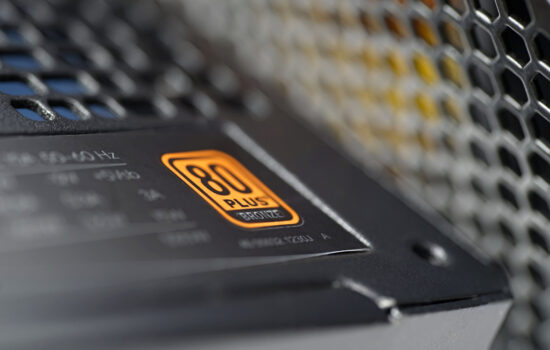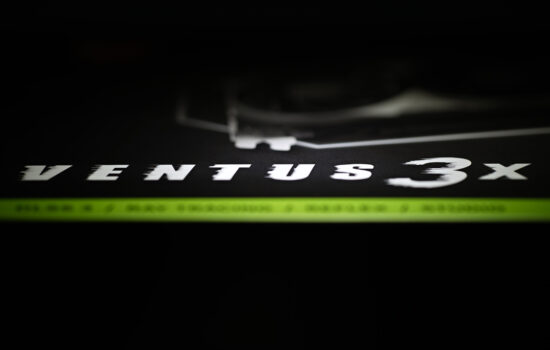Overall gaming performance and performance per euro
The cheapest of the new GeForce RTX 4000 Super graphics cards – the RTX 4070 Super – has the biggest increase in SM blocks compared to the non-Super variants (i.e. to the RTX 4070), yet the price, at least on paper, doesn’t increase too much. The price-performance ratio is thus very attractive and attacks the competing Radeon (RX 7800 XT) even if you disregard the typical Nvidia “premium” stuff, such as significantly faster ray tracing, DLSS 3 or CUDA.
Overall gaming performance
Priemerný výkon počítame tak, aby mala každá hra na výsledku rovnakú váhu. Ako presne sa dopracovávame k výsledku sa dozviete v tomto článku.
Performance per euro
- Contents
- Nvidia RTX 4070 Super FE in detail
- Table of parameters
- Methodology: performance tests
- Methodology: how we measure power draw
- Methodology: noise and sound measurement
- Methodology: temperature tests
- Test setup
- 3DMark
- Age of Empires II: DE
- Assassin’s Creed: Valhalla
- Battlefield V
- Battlefield V with DXR
- Borderlands 3
- Control
- Control with DXR and DLSS
- Counter-Strike: GO
- Cyberpunk 2077
- Cyberpunk 2077 with DLSS
- Cyberpunk 2077 with DXR (and DXR with DLSS)
- DOOM Eternal
- F1 2020
- FIFA 21
- Forza Horizon 4
- Mafia: DE
- Metro Exodus
- Metro Exodus with DXR and DLSS
- Microsoft Flight Simulator
- Red Dead Redemption 2 (Vulkan)
- Red Dead Redemption 2 (Dx12)
- Shadow of the Tomb Raider
- Shadow of the Tomb Raider with DXR
- Total War Saga: Troy
- Wasteland 3
- Overall gaming performance and performance per euro
- CompuBench (OpenCL)
- SPECviewperf 2020 and SPECworkstation 3
- FLOPS, IOPS and memory speed tests
- 3D rendering 1/2 (LuxMark and Blender@Cycles)
- 3D rendering 2/2 (Blender@Radeon ProRender and Eevee)
- Photo editing (Adobe Photoshop, Lightroom and Affinity Photo)
- Broadcasting (OBS and Xsplit)
- Password cracking
- GPU clock speeds
- GPU and VRAM temperatures
- Net graphics card power draw and performance per watt
- Analysis of 12 V rail power supply (higher load)
- Analysis of 12 V rail power supply (lower load)
- Analysis of 3,3 V rail power supply
- Noise level
- Frequency response of sound
- Conclusion










